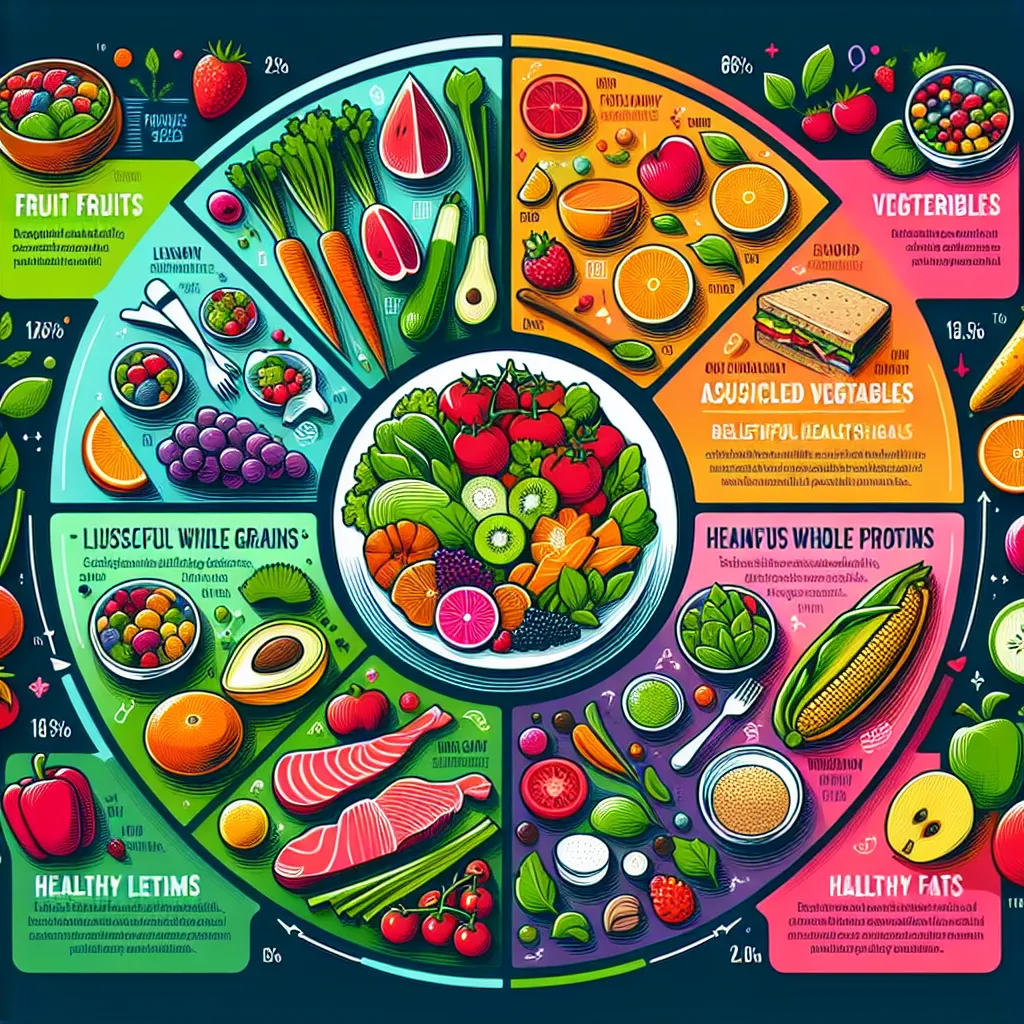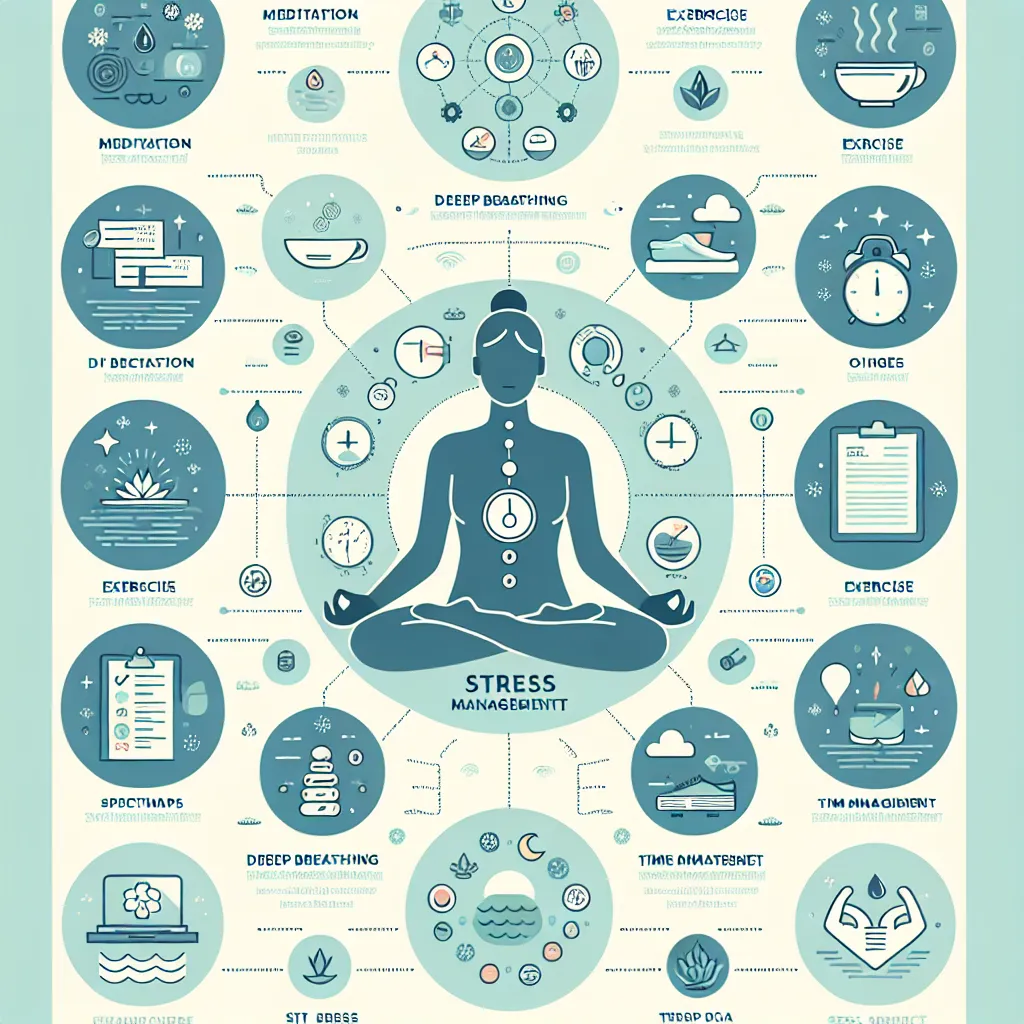The IELTS Reading section is a crucial component of the exam, testing your ability to comprehend complex texts and extract relevant information. Today, we’ll focus on a topic that has been increasingly popular in recent years: creating a balanced diet plan. This subject not only aligns with current health trends but also reflects the growing interest in nutrition and wellness globally. Based on our analysis of past IELTS exams and current trends, there’s a high probability that you might encounter a similar topic in your upcoming test. Let’s dive into a practice exercise that will help you sharpen your reading skills while exploring this important subject.
Nội dung bài viết
Reading Passage
A Balanced Approach to Nutrition
In today’s fast-paced world, maintaining a balanced diet has become increasingly challenging. With the abundance of processed foods and conflicting nutritional advice, many people struggle to create a diet plan that meets their body’s needs while supporting their overall health goals. However, understanding the principles of a balanced diet and implementing a well-structured plan can lead to significant improvements in one’s health and well-being.
A balanced diet is one that provides the body with all the necessary nutrients in the right proportions. These nutrients include carbohydrates, proteins, fats, vitamins, minerals, and water. Each plays a vital role in maintaining bodily functions and promoting overall health. Carbohydrates are the body’s primary source of energy, while proteins are essential for building and repairing tissues. Fats, often misunderstood, are crucial for hormone production and the absorption of certain vitamins.
Creating a balanced diet plan begins with understanding your individual needs. Factors such as age, gender, height, weight, activity level, and any existing health conditions all play a role in determining your nutritional requirements. A consultation with a registered dietitian can provide personalized guidance, but there are general principles that apply to most people.
The first step in creating a balanced diet plan is to ensure that your meals include a variety of foods from all food groups. The main food groups are:
- Fruits and vegetables
- Grains and cereals
- Protein sources (meat, fish, eggs, legumes)
- Dairy products
- Healthy fats and oils
A good rule of thumb is to fill half your plate with fruits and vegetables, a quarter with whole grains, and a quarter with lean protein. This approach, known as the “plate method,” helps to ensure a good balance of nutrients at each meal.
Portion control is another crucial aspect of a balanced diet plan. Even healthy foods, when consumed in excess, can lead to weight gain and nutritional imbalances. Using smaller plates, measuring servings, and being mindful of hunger cues can help in managing portion sizes.
Hydration is often overlooked but is a critical component of a balanced diet. Water is essential for numerous bodily functions, including digestion, nutrient absorption, and temperature regulation. Aim for at least 8 glasses of water per day, adjusting for activity level and climate.
Meal planning and preparation can greatly facilitate adherence to a balanced diet. By planning meals in advance and preparing food at home, you have greater control over ingredients and portion sizes. This approach also helps to reduce reliance on processed and fast foods, which are often high in calories, unhealthy fats, and added sugars.
While creating a balanced diet plan, it’s important to remember that flexibility is key. Strict diets that eliminate entire food groups or impose severe restrictions are often unsustainable and can lead to nutrient deficiencies. Instead, focus on making sustainable changes that you can maintain long-term.
Regular physical activity should complement your balanced diet plan. Exercise not only helps in maintaining a healthy weight but also improves cardiovascular health, strengthens bones and muscles, and enhances overall well-being.
In conclusion, creating a balanced diet plan is a personalized process that requires attention to individual needs and lifestyle factors. By incorporating a variety of nutrient-rich foods, practicing portion control, staying hydrated, and combining healthy eating with regular physical activity, you can develop a sustainable approach to nutrition that supports long-term health and well-being.
 Balanced diet plan illustration
Balanced diet plan illustration
Questions
True/False/Not Given
- A balanced diet provides all necessary nutrients in equal proportions.
- Carbohydrates are the body’s main source of energy.
- Fats are only harmful to the body and should be avoided.
- The “plate method” suggests filling half the plate with fruits and vegetables.
- Strict diets that eliminate entire food groups are recommended for long-term health.
Multiple Choice
-
Which of the following is NOT mentioned as a factor in determining individual nutritional needs?
A) Age
B) Gender
C) Education level
D) Activity level -
According to the passage, which of these is a benefit of meal planning and preparation?
A) It increases reliance on fast food
B) It provides greater control over ingredients
C) It eliminates the need for portion control
D) It guarantees weight loss
Matching Information
Match the following statements (8-10) with the correct food group (A-E).
- Essential for building and repairing tissues
- The body’s primary source of energy
- Crucial for hormone production and vitamin absorption
A) Carbohydrates
B) Proteins
C) Fats
D) Vitamins
E) Minerals
Short Answer Questions
-
How many glasses of water are recommended per day according to the passage? (Answer in words)
-
What is the name of the approach that suggests dividing your plate into portions for different food groups?
-
Name two benefits of regular physical activity mentioned in the passage.
Answer Key
-
False – The passage states “in the right proportions,” not equal proportions.
-
True – Directly stated in the passage.
-
False – The passage mentions fats are crucial for hormone production and vitamin absorption.
-
True – Directly stated in the passage.
-
False – The passage advises against strict diets that eliminate entire food groups.
-
C – Education level is not mentioned as a factor for determining nutritional needs.
-
B – The passage states that meal planning provides greater control over ingredients.
-
B – Proteins
-
A – Carbohydrates
-
C – Fats
-
Eight (or 8)
-
The plate method
-
Any two of: maintaining a healthy weight, improves cardiovascular health, strengthens bones and muscles, enhances overall well-being.
Common Mistakes
When tackling a reading passage like this, students often make the following mistakes:
- Overlooking key words: Pay attention to words like “all,” “only,” or “always” in True/False/Not Given questions.
- Assuming information: For Not Given questions, stick strictly to the information provided in the text.
- Misinterpreting multiple choice questions: Read all options carefully before selecting an answer.
- Incorrect paraphrasing: In matching exercises, the information in the text may be phrased differently from the question.
- Providing incomplete answers: For short answer questions, ensure you provide all required information.
Vocabulary
- Abundance (noun) /əˈbʌn.dəns/ – a large quantity of something
- Conflicting (adjective) /kənˈflɪk.tɪŋ/ – contradictory or incompatible
- Crucial (adjective) /ˈkruː.ʃəl/ – extremely important or necessary
- Adherence (noun) /ədˈhɪə.rəns/ – the fact of behaving according to a particular rule
- Sustainable (adjective) /səˈsteɪ.nə.bəl/ – able to continue over a period of time
Grammar Focus
One important grammatical structure in this passage is the use of conditional sentences, specifically the zero conditional. For example:
“Even healthy foods, when consumed in excess, can lead to weight gain and nutritional imbalances.”
The zero conditional is used to express general truths or scientific facts. It follows the structure:
If/When + present simple, present simple
Example: When you eat a balanced diet, your body receives all necessary nutrients.
Tips for High Scores in IELTS Reading
- Practice time management: Allocate your time wisely across all sections of the reading test.
- Skim and scan effectively: Quickly identify key information without reading every word.
- Read the questions before the passage: This helps you focus on relevant information while reading.
- Improve your vocabulary: A broad vocabulary will help you understand complex texts more easily.
- Practice regularly: Consistent practice with various question types will improve your speed and accuracy.
Remember, creating a balanced work schedule can significantly enhance your IELTS preparation. Additionally, incorporating a sustainable meal plan into your daily routine can boost your energy levels and concentration during study sessions. By following these tips and maintaining a balanced approach to both your diet and study habits, you’ll be well-prepared to tackle the IELTS Reading section with confidence.


